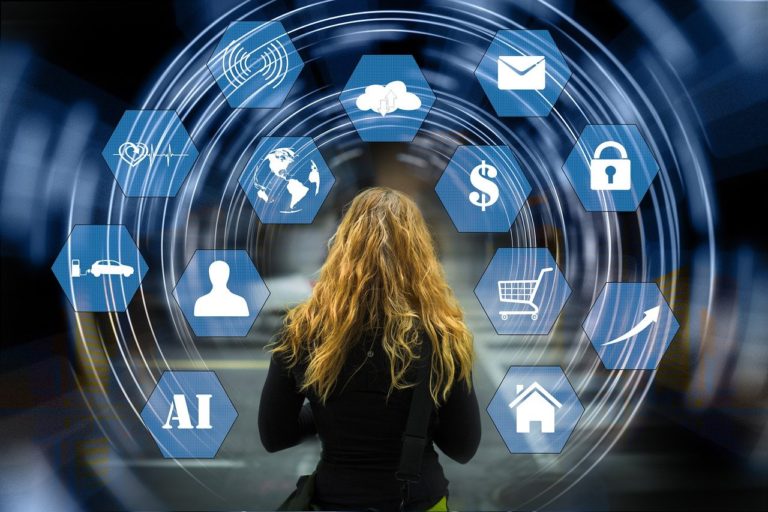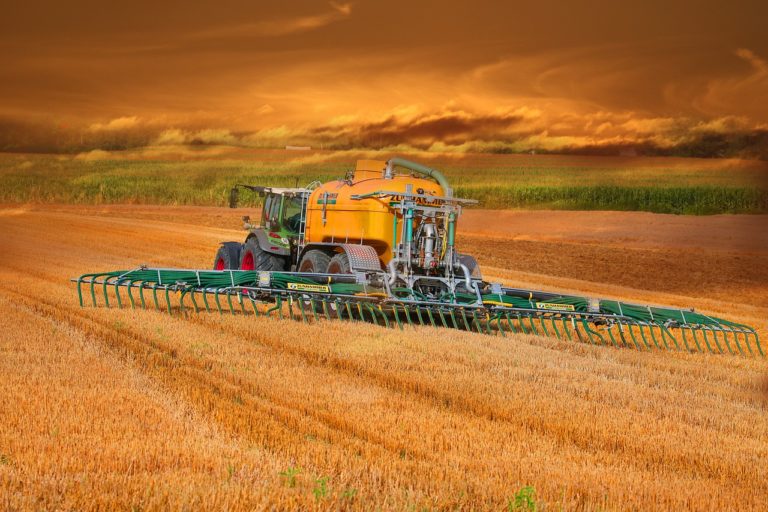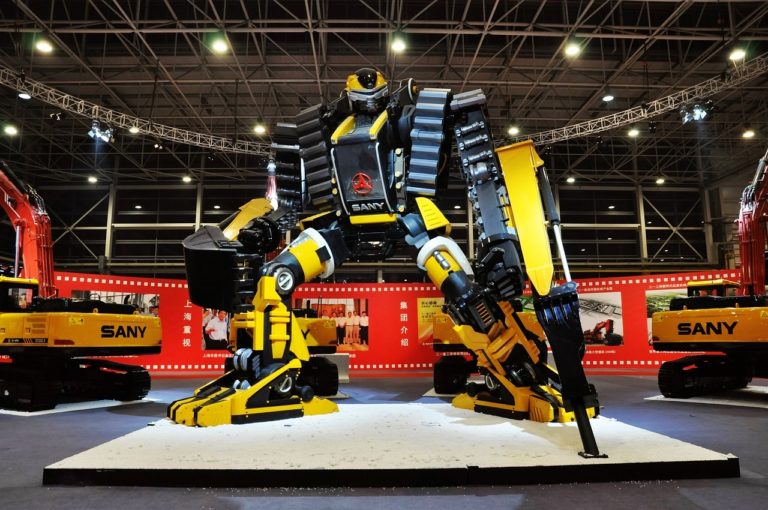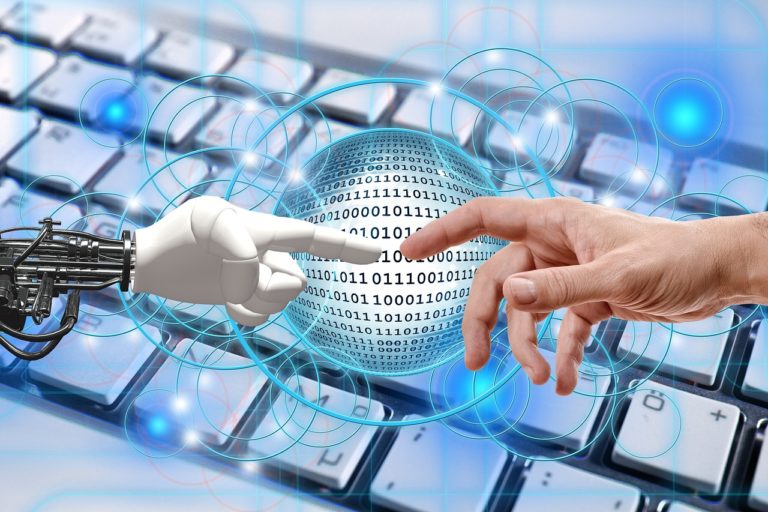The rise of AI solutions brings along a lot of discussion. When does it make sense to include robots into our daily lives? Can our robotic helpers become dangerous if they fail? Which features are “must-haves“ for service robots of all kinds? Are humans intelligent enough to create safe, reliable robots for almost every occasion? Or, seen from a different angle: Will robots be able to substitute the human workforce one day? We don’t have a crystal bowl. Instead, we offer a small overview on robotic solutions which have been around for a while now, taking over some of our work routines.

Our Top Ten examples for really helpful robots
1. Cleaning robots
For most people who balance a job, homecare and an active family life, every helping hand with daily routines becomes a gamechanger. Apart from your friends’ or family’s support or a paid cleaner, cleaning robots can help with the annoying and recurring chores of mopping and vacuuming floors. Surely, they might not get into every corner of a room. Nonetheless, they can make homecare routines a lot easier. By the way, not only homecare – more complex cleaning robots can also be installed on industrial sites or in office buildings.
2. Robotic lawn mowers
Spring time is mowing time. Depending on the area you have to mow on a regular basis, you might dream of “easy mowing“ while sweating for hours and wasting a lot of time…. Well, unless you enjoy gardening and can unwind with it. In this case, keep mowing. If you have a tighter schedule or less daily affection for your greens, you can rely on mowing robots. They are available either with a an electric loop or without it, which saves you effort and time again. With Ardumower, for example, our partner company offers an easy DIY mowing system on a GPS and camera basis and with a matching app. Mowing robots can also save costs in public green areas or on sports fields.
3. Agricultural robots
Naturally, a corn field is bigger than a garden – so the tasks and requirements for agricultural robots are “bigger“, too. As it gets harder to find an adequately motivated workforce for agricultural jobs, farming companies can let robots do more of the hard and monotonous “muscle work“ of sowing, harvesting, plowing and watering plants. Even if farmers find a lot of other people who enjoy doing “earth work“, automatic AI solutions can still support them.

4. AI assistance in production lines
A whole line of workers in a production line doing the same moves every day has become a memory of the past in the 20th and 21st century. Today, production robots can go through the most monotonous and repetitive processes without getting tired or inaccurate and leave „brain work“ to humans. At least if they’re exactly programmed for their tasks!
5. Robots for environmental purposes
We’ve got huge environmental issues. Indeed, they are so big that humanity might never fully catch up with it. In this constellation, róbots and AI can be a part of the problem, but also a part of the solution! Especially programmed and equipped robotic machines are able to free the oceans from plastic, in the future, they might even detect and isolate microplastic. Now already, robots support the human workforce in the disposal and recycling branch. Thus, robots can be our allies fighting global pollution. We just have to design and apply them correctly.
6. Personal assistive robots
The care branch undergoes a significant, almost existential crisis as not enough people dare taking the immense pressure and workload anymore. So personal assistive robots are potential game changers and finish some of the many routine tasks that keep the nursing staff from really caring for their patients. Each robot that supporting a patient’s mobility, delivering standard meals or reminding people of their medication helps to take time for real human contact and an extra smile. Plus, physical issues in care work like back pain can be reduced by assistive robots taking some of the „heavy duty“.

7. Entertainment robots
Admittedly, entertainment is not a primary need in human life – rather a secondary or tertiary one. But it also makes our world a little brighter and happier, especially in challenging times. By the way, there are already a lot of AI und robotic solutions in the background of games, movies and toys. Just think of animated movies created by artificial intelligence according to human standards. Also consider VR and AR games and content and automatic toys like the Sony Aibo robot dog.
8. Robotic helpers in a medical environment
Working in a hospital as nursing staff or doctors can be very hectic and challenging – especially under the circumstances of cost cuts and skilled labour shortage. However, specialized robots can execute routine tasks quickly and precisely, thus relieve the pressure on their human “co-workers“. In fact, they even help during minimally invasive operations as surgical robots. All this does not mean that human hands are not needed anymore, but robots in a medical environment are able to diminish the daily workload.
9. Delivery robots
“The postman always rings twice“ – really? Well, at least today’s delivery heroes do have a harder time and thus just cannot wait for a second buzz on the doorbell. Again, a workforce shortage takes its toll, and this is when delivery robots can help you out – both in a short and long term. In the sector of remote grocery delivery, Starship and Kiwibot are two big names in the future of AI-driven logistics. With global markets facing a delivery crisis due to a lack of truck drivers and rising petrol prices, automatized logistics probably is a win-win situation for everyone involved.

10. AI driving assistance for vehicles
Driving is a matching buzzword here, too – because AI also applies to self-driving vehicles and driving assistance. Naturally, there’s still a certain risk within the new technology of self-driving cars, buses, trains or ships. This is why “driving assistance“ looks like a good compromise between human senses and artificial intelligence at present. If a driving assistance works well, you get the best routing and mapping and it disburdens human drivers on a long drive. Yet, there are still a lot of unsolved issues, e.g. who is liable for a damage during a potential accident and how intuitively driving robots can react to dangerous or unclear situations in traffic. This is why an autonomous vehicle should never go completely without a human monitoring it. By the way, Tesla and Waymo are pioneer companies taking the challenge of autonomous driving.
Robots can’t go without human intervention!
“AI will take away our jobs!“, “Artificial Intelligence can be used to harm us all!“ or “Robots will take over our lives and create a cold and inhuman world!“… When it comes to AI, there are a lot of catastrophic fears and biased assumptions circulating. Some worries have a point (e.g. AI data security, potential hacker attacks on systemically relevant targets, accidents and harm through technical failure). Robots still have to learn a lot to really act and „think“ like humans, and this is why they cannot fully replace their human “learning partners“. The more complex AI tasks become, the more time and skills machine learning takes.

We regularly see this point in für Ardumower’s mowing robot projects and in the way ChatGPT creates content. AI development does not work without programming experts holding the strings – and there cannot be any personalized content without a person behind a desk applying his her own style and content focus. All because, most luckily, computers cannot control our minds and ideas. So let’s leave it with a fair cooperation between humans and robots and not make it a “Terminator“ scenario!
